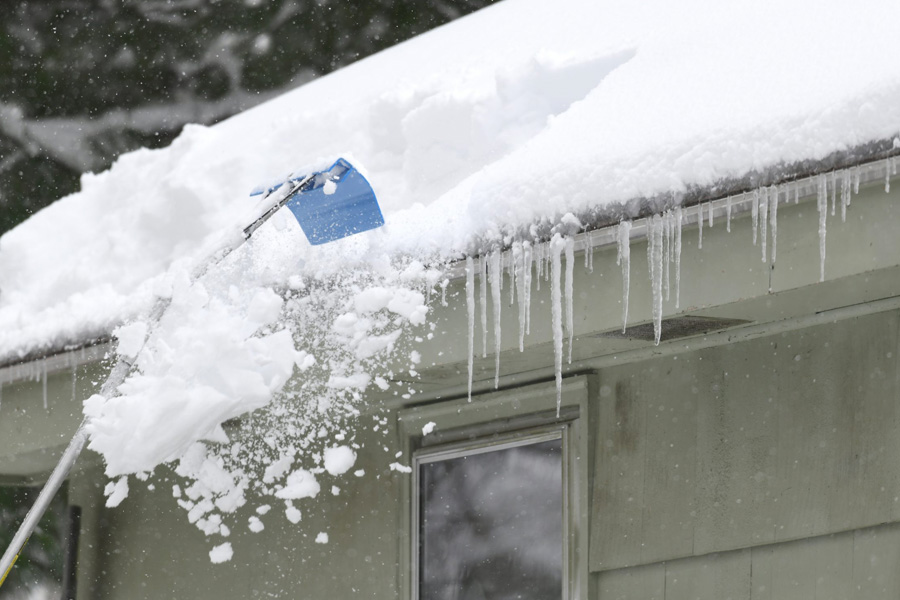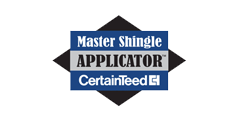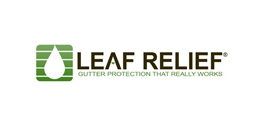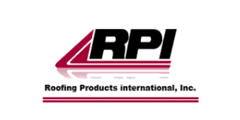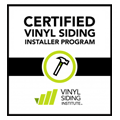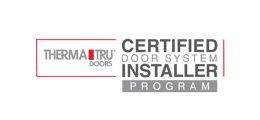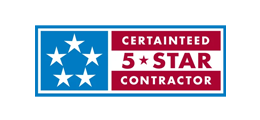As snow accumulates on your rooftop, it’s important to know when to start removing it and how to safely remove it from your roof. Waiting too long can lead to excessive weight and potential structural damage, while removing it improperly can damage your roof.
But removing snow from the roof is not as easy as it sounds; it requires the right tools and careful approach to avoid any accidents or damage to the roof itself.
In this post, we will talk about safe ways to remove snow from your roof. We will cover topics like when to remove snow from a roof, how to remove snow safely, the tools required for snow removal and step-by-step instructions on how to do it yourself.
Knowing When to Remove Snow From Your Roof
Understanding how much snow a roof can is the primary factor for determining when to remove snow from your roof.
According to the Insurance Institute for Business and Home Safety, most roofs in good condition can handle up to 20 pounds per square foot of snow.
To help gauge when the snow on your roof may be approaching this weight limit, there are some guidelines to keep in mind:
- Freshly fallen snow, about 4 feet deep, will equate to roughly 20 pounds per square foot.
- For packed down snow that has been around for a while, a depth of about 2 feet equals the same weight.
- In cases where there is a mixture of new and old snow, approximately 2 to 3 feet of both types combined would reach the 20 pound threshold.
By being aware of these guidelines, homeowners can make informed decisions regarding snow removal and ensure the safety of their roofs during winter conditions. Excessive snow accumulation can lead to structural damage, especially on older homes and buildings.
In general, the best time to remove snow is when it reaches a depth of 6 inches or more, but before it becomes too heavy or compacted.
How To Remove Snow From Roof
When it comes to removing snow from your roof, the best do-it-yourself method is to use a snow rake. This handy tool consists of a long, adjustable-length pole with a flat piece of aluminum attached to the end at a 90º angle.
With a snow rake, you can easily remove snow from the eaves and as far up the roof as you can reach. By doing so, you can help prevent ice damming, which is one of the biggest problems caused by a snowy roof. Ice damming occurs when melting snow refreezes at the edge of the roof, causing water to back up and potentially leak into your home.
By regularly using a snow rake to clear off your roof, you can minimize the risk of ice damming and ensure that your home stays safe and dry during the winter months.
1. First and foremost, never remove snow alone. It’s always best to have someone with you in case of an accident or emergency.
2. If possible, use a telescopic roof rake. This allows you to reach the snow without having to climb onto the roof.
3. With your roof rake in hand, take the time to get a firm footing on the ground before you start.
4. Start by removing the snow and icicles from the edges of the roof, as this can often trigger the rest of the accumulated snow to fall off.
5. Working your way around the house, gently remove the snow from the roof.
6. Remember to maintain a safe distance from the edge of the roof, as snow can shift and fall suddenly, potentially causing injury if you are standing directly below.
7. If you do need to use a ladder, ensure that it is in good condition and free of ice before climbing up.
Note: It may be tempting to climb up on your roof with a shovel, but unless you are a professional roofer with the proper safety equipment, it is strongly advised against. The risk of falling and injuring yourself, not to mention damaging your shingles in the process, is far too great.
Removing Snow From Your Roof
In conclusion, removing snow from your roof is crucial to prevent potential roof leaks. It is essential to assess the amount of snow and ice accumulation and determine if removal is necessary before anything.
Prioritize safety by using appropriate tools, such as a roof rake, to remove snow from a distance. Start by creating a clear path around your house and then carefully use the roof rake to remove snow, taking care not to damage the roof or gutters.
But, accidents happen, and when it comes to your roof, it’s important to address any issues as soon as possible. If you notice a leak or damage to your roof, don’t hesitate to give your local roofing company a call right away. Delaying repairs can lead to further damage and potentially more costly repairs down the line. By addressing the issue promptly, you can prevent water damage, mold growth, and other problems that can arise from a compromised roof.

